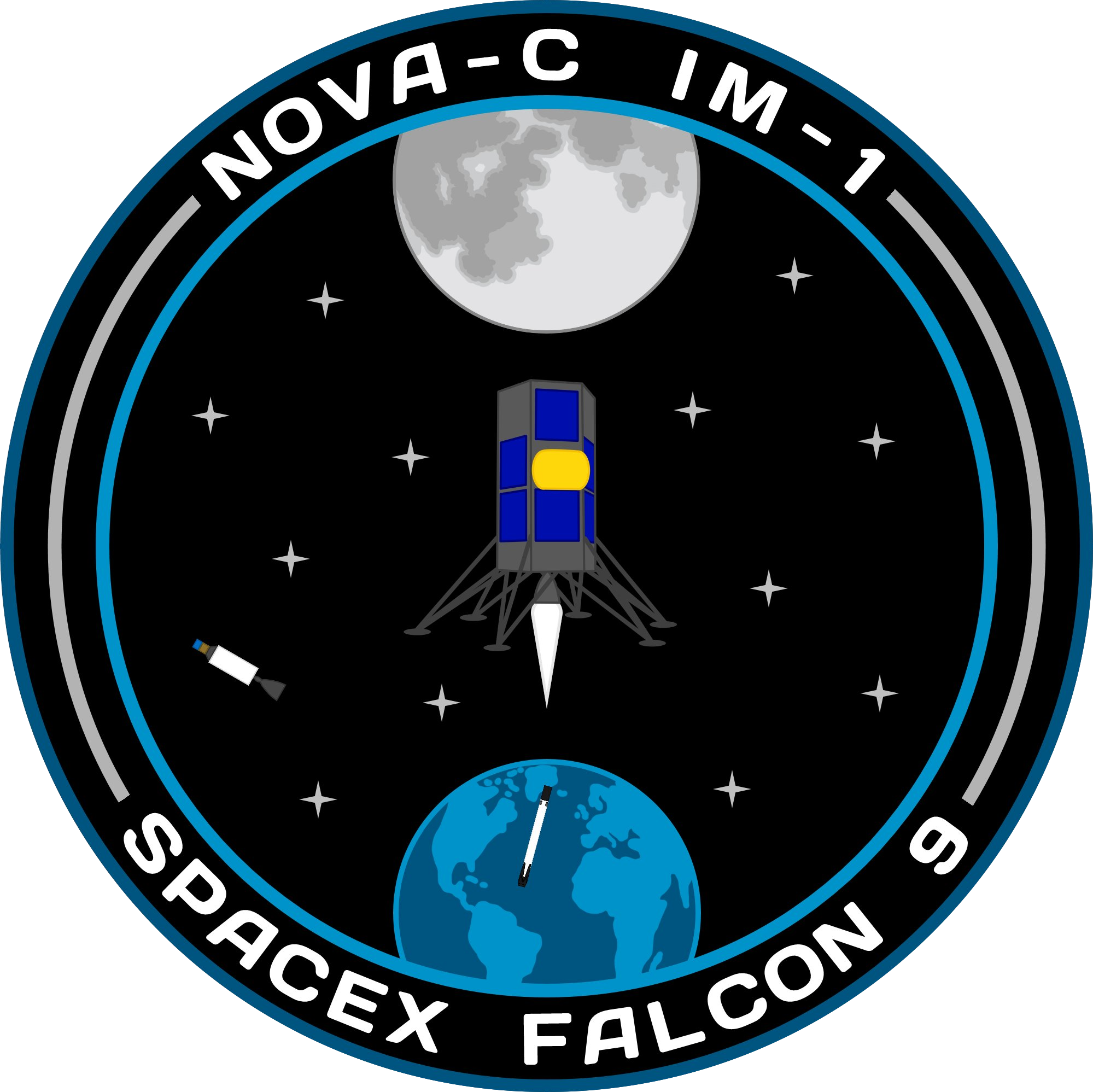Nova-C was a lunar lander designed by the private company Intuitive Machines to deliver small commercial payloads to the surface of the Moon. Intuitive Machines was one of nine contractor companies selected by NASA in November 2018 to submit bids for the Commercial Lunar Payload Services (CLPS) program. Nova-C (IM-1) was one of the lunar landers that was built and launched under that program. Intuitive Machines was paid US$118 million to develop this lunar lander used in the IM-1 mission. The first Nova-C lander was launched February 15, 2024 from Kennedy Space Center by a Falcon 9 rocket. Nova-C carried up to five NASA-sponsored instruments. In addition, the lander also carried some payloads from other customers. The scientific objectives of the mission included studies of plume-surface interactions, radio astronomy, and space weather interactions with the lunar surface. It also demonstrated precision landing technologies and communication and navigation node capabilities.
Nova C (IM-1) landed on the surface of the Moon on February 22th, 2024 in the South Pole region near the Malapert-A crater. Controllers confirmed that faint communications were received from the lander. The lander was initially thought to be in a fully vertical orientation, based on stale telemetry. It was later determined to have landed at a 30 degree angle, with its solar panels and scientific instrumentation functionally oriented, but with its radio transmission rates somewhat reduced due to the unexpected angle of the lander's antennas. The lander appeared to most probably have lost one or more of its 6 landing struts and to be resting on an externally mounted helium tank. Nova-C (IM-1) "rough" Moon landing was the first soft landing of any kind for an American made spacecraft since Apollo 17, more than 50 years ago, and the first by a private company. The landing of Nova-C (IM-1) also qualifies the mission as the first liquid methane and liquid oxygen (methalox) powered spacecraft to fire beyond low earth orbit, as well as the first methalox spacecraft to land on an off-world celestial body. On February 23, Intuitive Machines reported that the first Nova-C lander was still "alive and well", and that IM was continuing to receive data on the vehicle's status and whether the scientific payloads could still be deployed. Three days later, Intuitive Machines released the first images from the surface taken by the lunar probe. About one month after Nova-C (IM-1) landed on the Moon, Intuitive Machines reported that they could not re-establish contact with the lander after the lunar night, bringing an end to the IM-1 mission.
IM-1 lunar lander info
| Nation: | USA |
| Company/operator: | Intuitive Machines |
| Mass: | 1,900 kg / 4,200 lb |
| Dimensions: | 3 m x 2 m |
| Payload mass: | 100 kg / 220 lb |
| Instruments: |
|
| Launch vehicles: | |
| Website: | https://www.intuitivemachines.com |
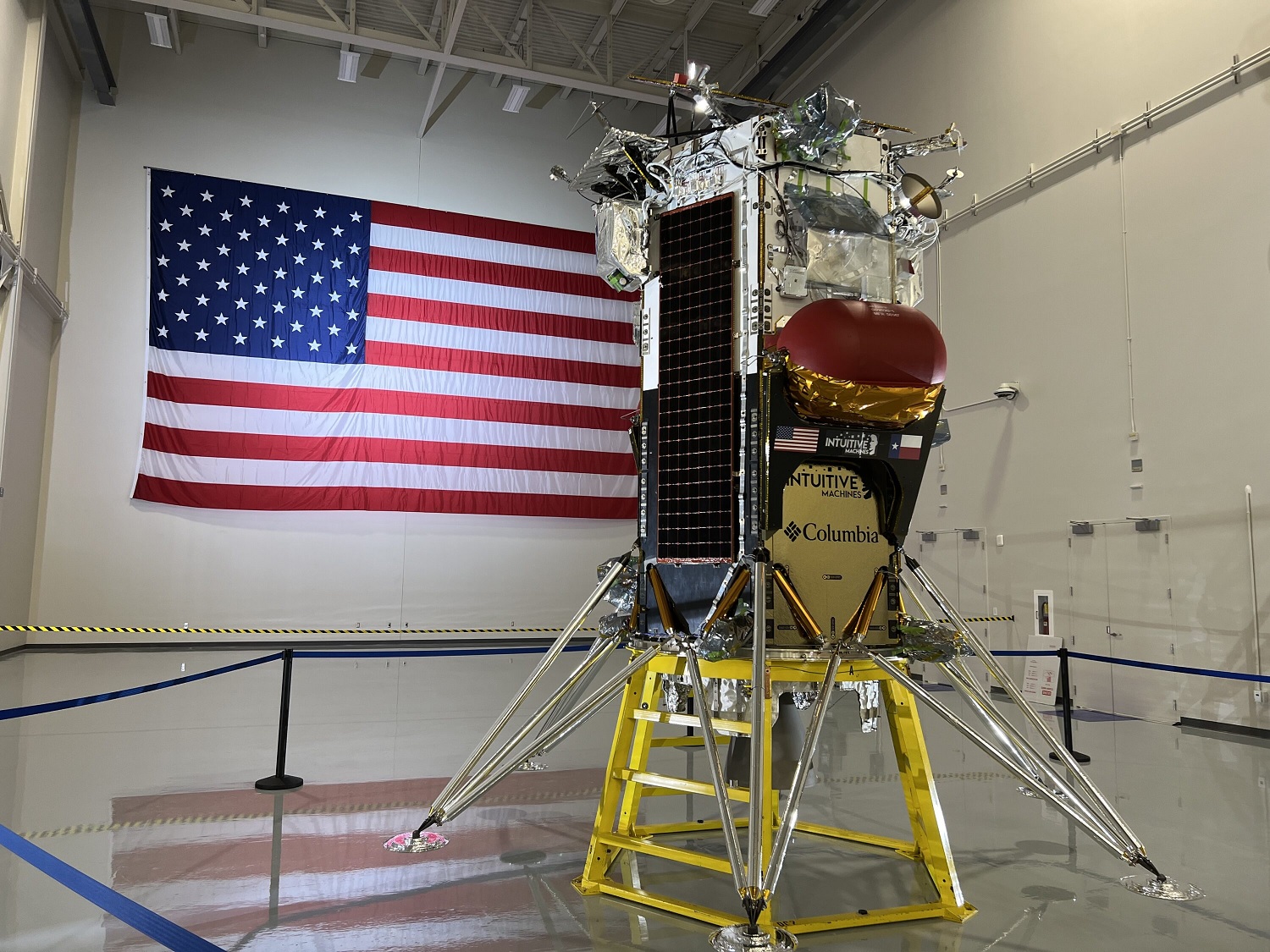
Launch video
Photos
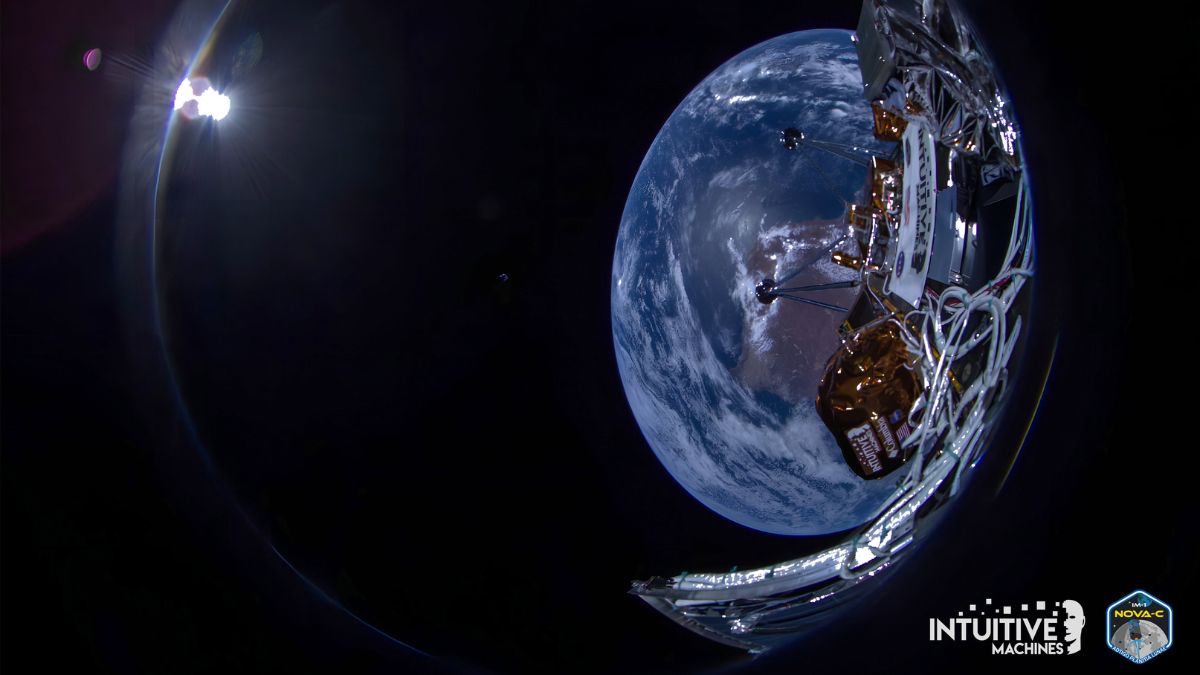
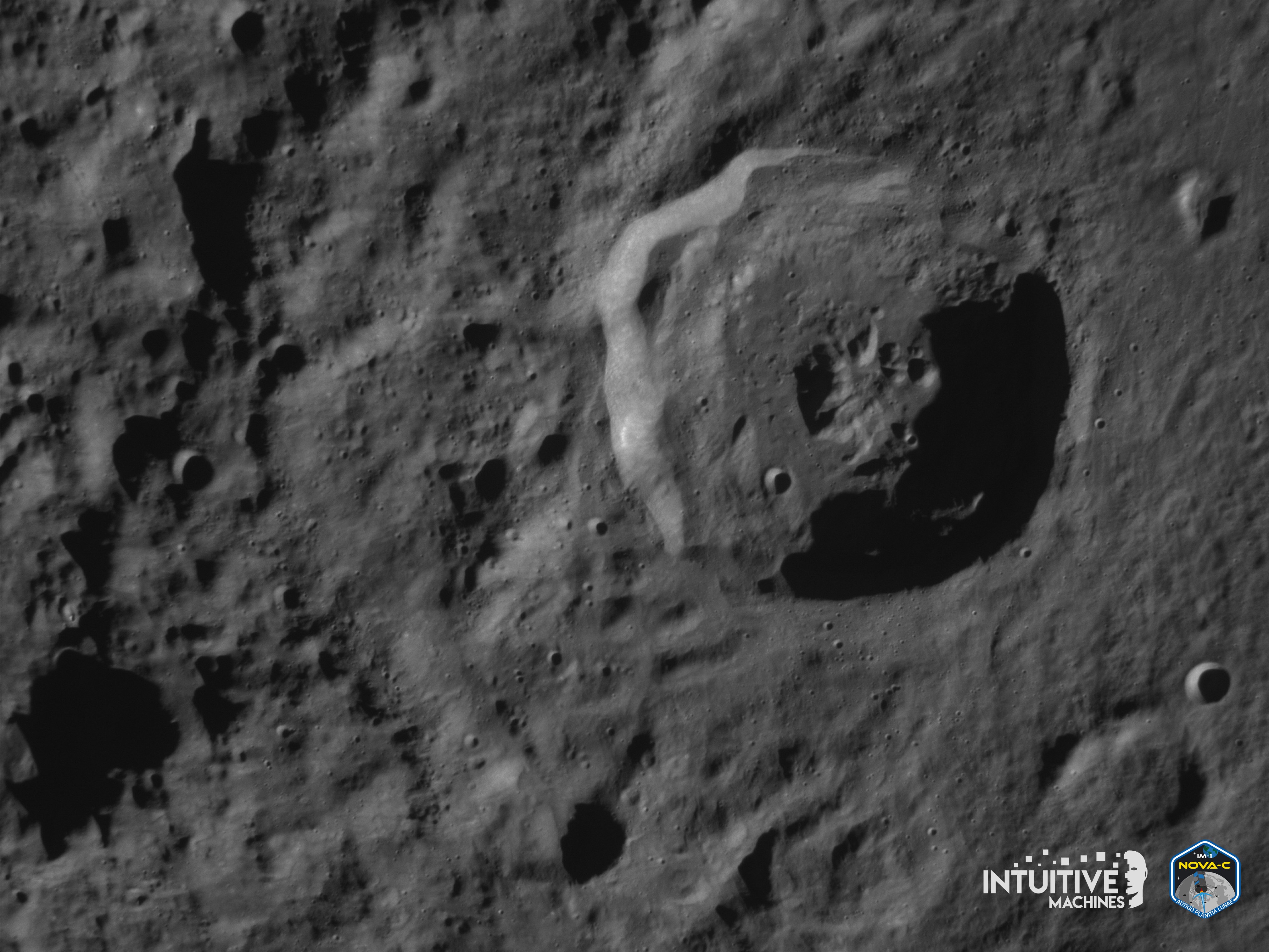

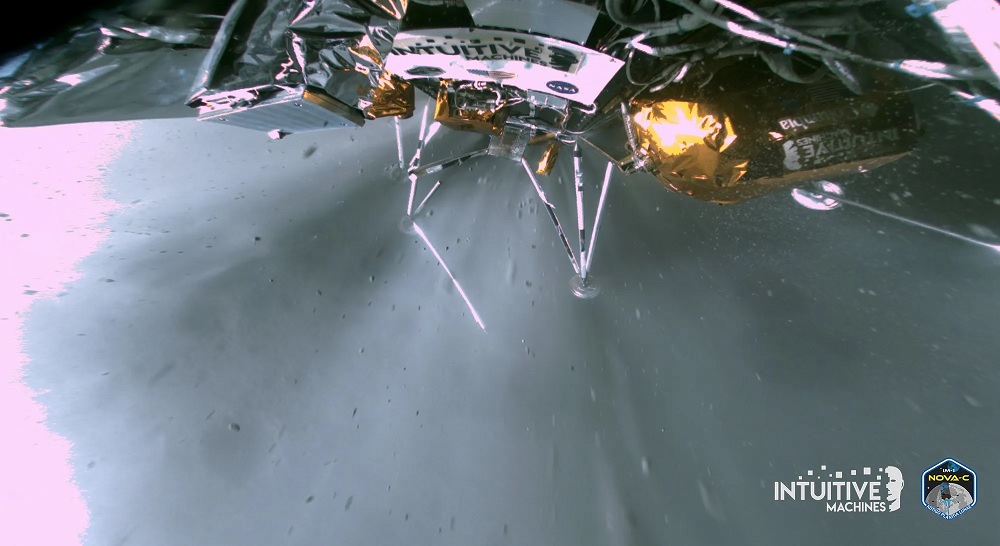
Images: Intuitive Machines

